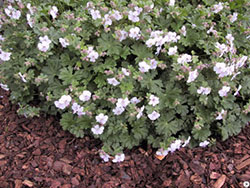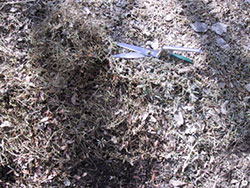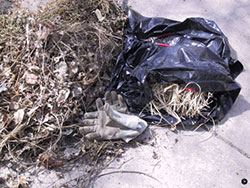 Many gardeners like to think that all they need to do is put a perennial in the ground and forget about it. Alas, even such Methusalahs of the garden as peonies, which can go a human lifetime without needing to be cut back, can be swamped by neighboring plants or decline over time. Other perennials, such as columbine or non-Oriental poppy varieties, are really glorified biennials. If they last more than two years, consider yourself lucky.
Many gardeners like to think that all they need to do is put a perennial in the ground and forget about it. Alas, even such Methusalahs of the garden as peonies, which can go a human lifetime without needing to be cut back, can be swamped by neighboring plants or decline over time. Other perennials, such as columbine or non-Oriental poppy varieties, are really glorified biennials. If they last more than two years, consider yourself lucky.
Removing spent flowers and cutting back foliage is the only routine maintenance most perennials require. For example, cutting faded flowers dramatically prolongs the flowering season of daisies and salvias. Removing spent flowers is usually a matter of personal taste. Some people like their gardens to appear crisp and immaculate.

Many gardeners enjoy the beauty of seedheads and wait until plants begin to look tatty and unattractive before severely cutting them back. When cutting back plants, take care not to remove basal rosettes or growing points, because it may weaken or even kill plants.
Colorado winters can enhance the subtle beauty of a border if you leave stems and stalks in place until early spring before cutting them to the ground. A thorough cutback in February or March, with a good top dressing of compost or mellowed manure, is all most standard perennials need to add years of beauty to your garden.
Don’t hesitate to move plants that aren’t performing well where you originally planted them. A more appropriate site can do wonders for plants that aren’t performing up to your expectations.
For more information, see the following Colorado State University Extension fact sheet(s).
- 7.402, Perennial Gardening
- 7.406, Flowers for Mountain Communities
- 7.405, Herbaceous Perennials
- 7.242, Native Herbaceous Perennials for Colorado Landscapes
For more information, see the following Planttalk Colorado™ script(s).
- 1064, Perennials: winterizing during drought
- 1020, Perennials: winterizing
- 1072, Deadheading: how to and when to?



